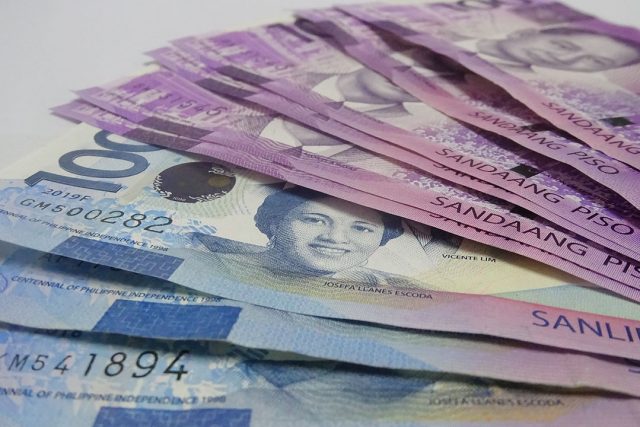
THE Philippine banking sector is seen to remain healthy as the economy continues to recover from the pandemic, but warned of downside risks from rising interest rates, an official from the International Monetary Fund (IMF) said.
IMF Mission Chief for the Philippines Cheng Hoon Lim told BusinessWorld in an Oct. 13 interview that banks in the country demonstrated resilience during the coronavirus disease 2019 (COVID-19) pandemic, when the economy contracted by a record 9.6% in 2020.
“(The pandemic) is a significant stress test that anyone can do on the banking system and the banks emerged resilient through that period. So, we expect the banking system to continue to remain healthy,” Ms. Lim said.
The Philippine economy bounced back in 2021, expanding by 5.7%. This year, the government is targeting 6.5-7.5% gross domestic product (GDP) growth.
“We saw that bank lending has picked up after contracting in 2021. We also see profitability has returned to pre-pandemic levels and nonperforming loans (NPLs) still remain quite low, around 3.5% in August,” Ms. Lim said.
Data from the Bangko Sentral ng Pilipinas (BSP) showed outstanding loans by big banks, net of reverse repurchase (RRP) placements with the central bank, rose by 12.2% in August to P10.33 trillion in the same month last year. This was the fastest growth in lending seen in 28 months.
Meanwhile, the sector’s gross NPL ratio stood at 3.53% in August, falling from 4.51% a year ago and 3.57% in July. The NPL ratio in August was the lowest in 23 months or since 3.51% in September 2020.
Bad loans declined by 15% year on year to P418 billion as of end-August. It was also 0.5% lower than the P420.254 billion seen at end-July. Loans are considered nonperforming once they are unpaid for at least 90 days after the due date.
“Now, if we look at that broader measure of loan at risk, this is about 6.2% of total loans. This is still very manageable,” Ms. Lim said.
However, rising interest rates may pose downside risks. The US Federal Reserve has been aggressively tightening policy to curb decades-high inflation.
“But looking into 2023, we see that interest rates have increased around the world. Financial conditions have tightened externally as well as domestically, and this warrants close monitoring. Downside risks have increased,” Ms. Lim said.
She said the BSP should continue monitoring systemic risks in the financial sector and strengthen its supervisory framework to ensure proper intervention if banks “get into trouble.”
The BSP last month raised the benchmark interest rate by 50 basis points (bps) to 4.25%, bringing cumulative hikes for the year so far to 225 bps. Its next meeting is on Nov. 17.
The BSP is expected to continue its tightening cycle as it seeks to tame inflation, which reached 6.9% in September. This brought the nine-month average to 5.1%, still below the BSP’s forecast of 5.6% this year.
The IMF expects Philippine inflation rising to 5.3% this year before declining to 4.3% in 2023.
“Higher interest rates will dampen consumption and dampen investment and that’s why we projected a slowdown of growth to 5% next year. That would be the natural behavioral response that we would expect to see,” Ms. Lim said.
The IMF lowered its growth forecast for this year to 6.5% from its 6.7% estimate in July, matching the lower end of the government’s 6.5-7.5% goal. It also sees GDP growing 5% in 2023. — Keisha B. Ta-asan
PHL banks to remain resilient — IMF
Source: Bantay Radio
0 Comments